Philippine The Igorot Culture
Cordillera Mountains, Luzon, Philippines
Three weeks in the Cordilleras of Luzon and I feel like I have only scratched the surface of experiencing the rich cultures that make up the Igorot people. This is a common trend I have experienced while working on the Katutubong Filipino Project and one reason I hope to extended the project longer term, perhaps for another three years. More time is needed. This is especially true when trying to tell the story of the Igorot people who live in six different provinces with over 20 tribes all speaking different languages, practicing different rituals, and have different beliefs and cultures. Visiting the Cordilleras was like stepping into another country for me, a drastic change in geography and people’s general positive outlook and attitude toward their own way of life. Although I wasn’t able to visit all six provinces that make up the Cordilleras, this trip did provide as an excellent introduction to the area and whetted my appetite to learn and experience more on a return trip.
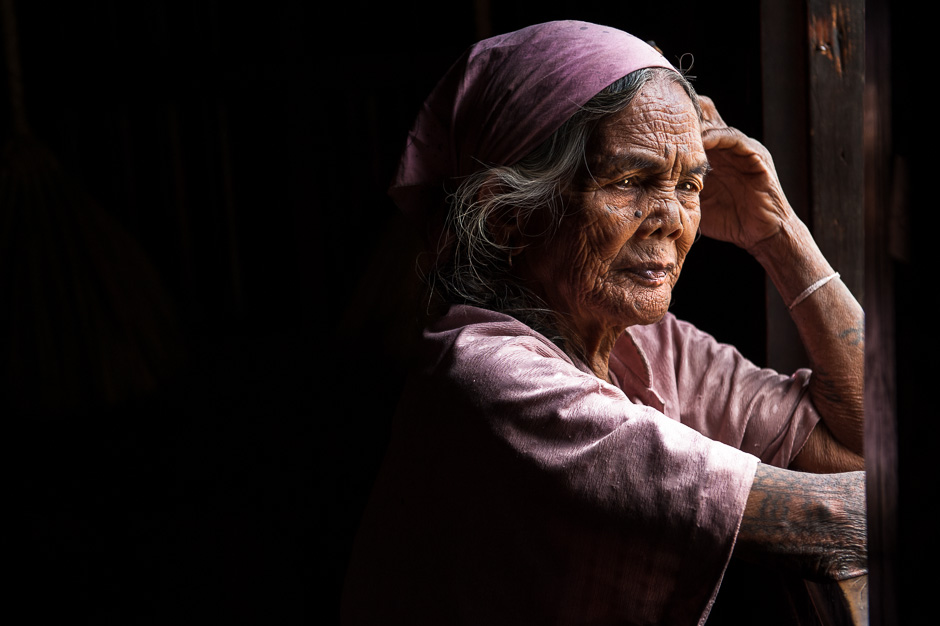
A Butbut Kalinga Woman looking out of her window one afternoon after inviting us into her home. The tattoos on her arms are used as a form of beautification and identity which is specific to certain Kalinga tribes.
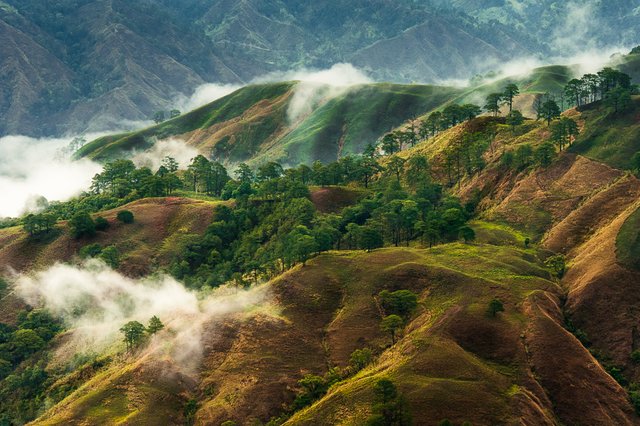
The majestic Cordillera mountains with clouds setting in, Abra Province.
From a historical standpoint, the people of the Cordilleras were never a united people and still to this day there are peace pacts in place to keep order among many of the tribes. The term Igorot is an old Tagalog word meaning “people from the mountains” and is a general term used to include all of the mountain tribes from the Cordilleras. The Spanish adopted this term, but it was generally used in a negative manner referring to savages and backward people of the mountains. However, the Spanish themselves were never able to fully penetrate the Cordilleras during their 300 year colonial period in the Philippines and thus had very little influence on the Igorot people and their way of life. Part of this was likely due to the rugged terrain of the area but also because of the fierce nature of the people, who would not surrender easily to outsiders. It wasn’t until the early 1900’s when the American Episcopal church came into some areas of the Cordilleras and people started to convert to Christianity and get formal education.
Today, the term Igorot is often debated among the people of the Cordilleras as to what the politically correct use should be. Many groups now proudly proclaim themselves as Igorots while other tribes still prefer to be called by their more specific tribal names. After three weeks in the area and hearing time and time again people referring to themselves as Igorots I never got the feeling that it is a negative term to use. I refer to the Igorot people in the most honorable and respectful manner.!
[Cordilleras_6904_3860.jpg]
( )
)
Portraits of Lakay Lausan a Tingguian man and Lakay Wa-aw a Kankanaey man. Lakay Lausan is one of the elders in a small village we visited in Abra province. Lakay Wa-aw is one of the older Kankanaey men still around and at 92 he has nine children and over 30 grandchildren. The two water buffalo horns above him are from two of his children’s weddings. His necklace is centuries old and has been passed down from generation to generation. It is made of wild bore tusks and crocodile teeth from the Visayas.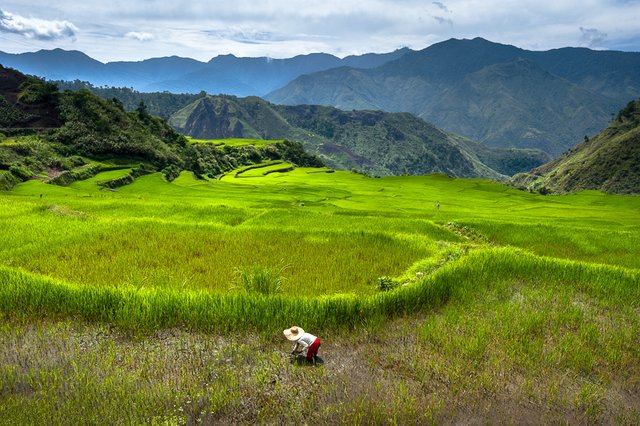
Although uncommon for this time of year, I came across a woman planting rice one morning in Kalinga Province. Stoned rice terraces are very common in the Cordilleras and represent an ancient and sustainable system for communal rice production.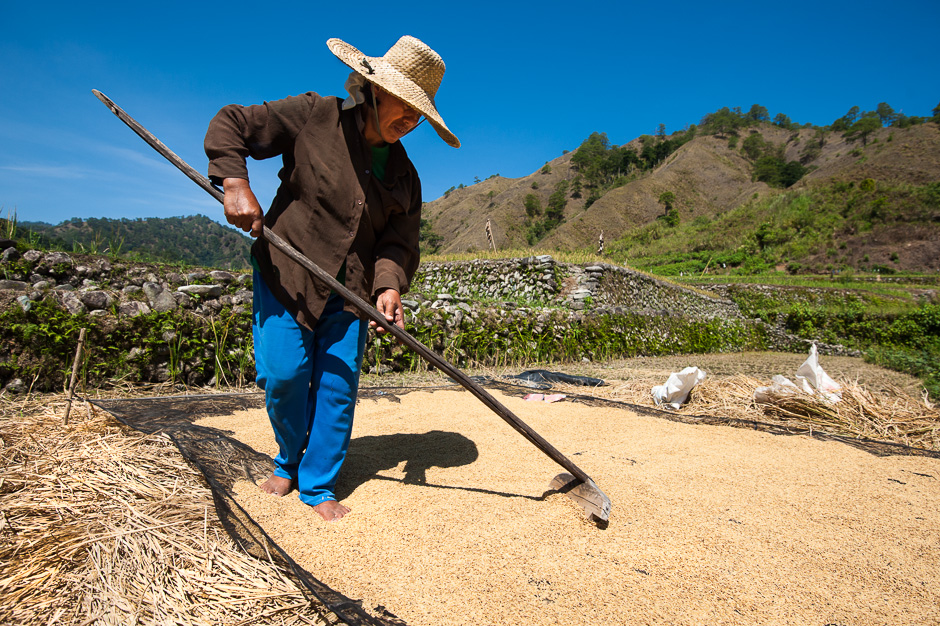
Drying rice in the sun is the most traditional method for reducing moisture content and the only method available in most remote locations.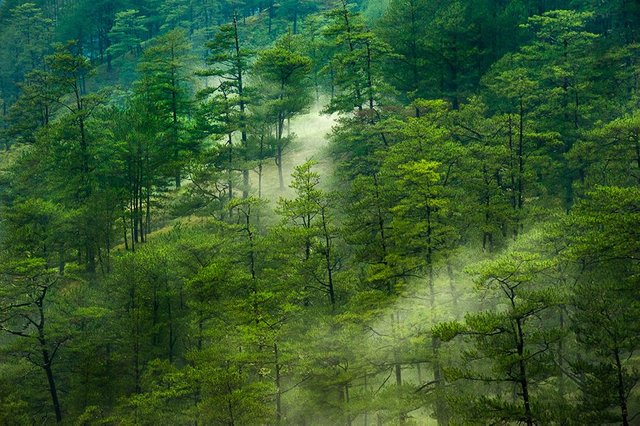
The Cordilleras have an unique assortment of habitats that cover the mountains. While hiking you can find yourself in a dry pine forest one minute and then a kilometer down the path entering a wet mossy forest. Eventually you will run into a grassy mountain top or some rices terraces along the way as well. This is a pine forest just after a light rain came down in Abra province.